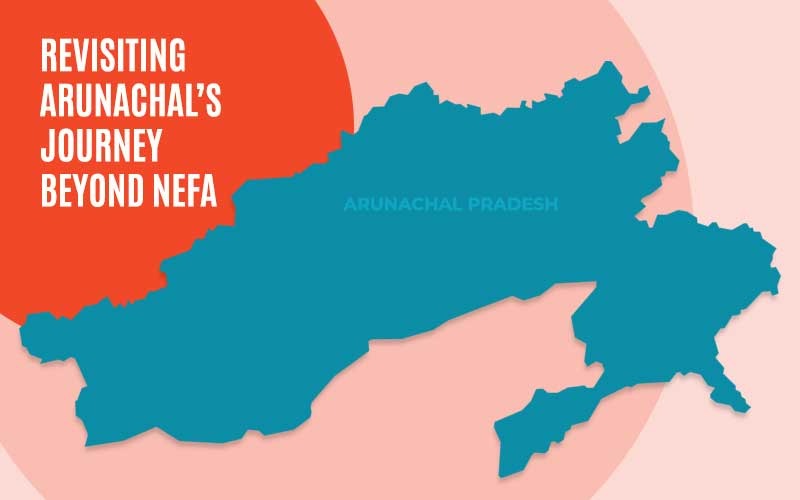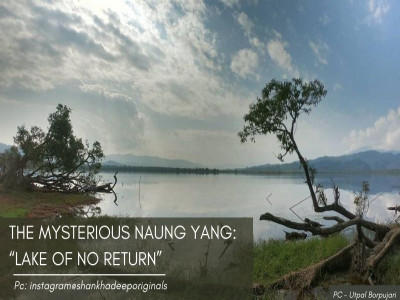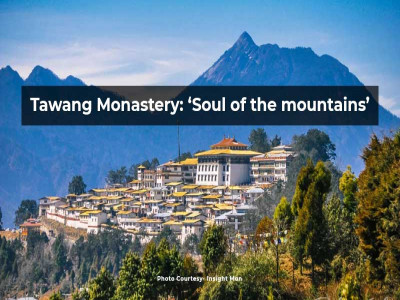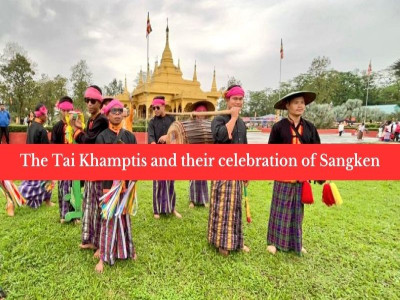
Revisiting Arunachal’s journey beyond NEFA
Known as Arunachal Pradesh today, the land of dawn-lit mountains was once called NEFA (Northeast Frontier Agency). Let’s revisit the history of the largest state of Northeast India, which is also termed the Orchid State of India.
The ancient history of Arunachal Pradesh is not very well documented. However, if we look into the Hindu scriptures of Kalika Purana and Mahabharata, the region is mentioned as the Prabhu Mountains of the Puranas. It is also believed that it is the place where Sage Parshuram washed away his sins; King Bhishmaka found his kingdom, and Lord Krishna married Rukmini.
As per the chronicles of the Ahom and Chutiya dynasties, the region of Arunachal Pradesh used to be under the reign of the Chutiya Kingdom up till the 16th Century. Following this, the Ahom king defeated the Chutiya king and took control of the region. During the British rule in India, the place along with the rest of the Northeast region was under its empire from 1858 till independence.
However, it was in 1914 that some of the tribal-dominated areas took shape as one of the political divisions in British India, known as the North-East Frontier Tract (NEFT) – comprising two parts; the Eastern central section and the western section. A couple of years later in 1919, the Eastern central section was further renamed the Sadiya Frontier Tracts, while the western section was renamed the Balipara Frontier Tract. After India’s independence from British rule, NEFT became a part of Assam. A year later in 1948, the Sadiya Frontier Tract was again bifurcated into two districts, i.e., Abor Hills district, and Mishmi Hills district.
The region came to be known as the North-East Frontier Agency (NEFA) in 1951, which constituted the Balipara Frontier Tract, Tirap Frontier Tract (divided from Sadiya&Lakhimpur Frontier Tracts), Abor Hills district, Mishmi Hills district & Naga tribal areas. On the 26th of January, 1954, NEFA was divided into 6 frontier divisions i.e., Kameng, Subansiri, Tirap, Siang, Lohit, and Tuensang. Later on, Tuensang went on to become a part of the Naga Hills in Nagaland. On 1st December 1965, the five frontiers except Tuensang became the five districts of NEFA which was under undivided Assam, administered by the President of India.
NEFA gained the status of a Union Territory on 21st January 1972 and consequently had its name changed to Arunachal Pradesh by Shri B. D. Mishra, the then Director of Research. It was placed under the charge of Chief Commissioner, K. A. A. Raja. Although Arunachal Pradesh got its present-day name early in 1972, it only gained statehood in the year 1987 on the 20th of February, thereby representing it as the 24th state in India. The then Governor and Chief Minister of the state of Arunachal Pradesh were Shri BhishmaNarain Singh and Shri GegongApang, who were known as the architects of the state of Arunachal.
On January 21st, 2022, Arunachal Pradesh celebrated its 50th year with a month-long Golden Jubilee celebration. Today, Arunachal is counted among one of the emerging states in India, which is actively marching towards development.
On papers, the land of Arunachal has been called
many names up till 1972. However, there’s no denying that it has always been a
paradise on Earth. With changing times, Arunachal has shaped up to be an
excellent tourist destination in Northeast India for its rich biodiversity in
the region. However, the preservation of cultural heritage by the people of
Arunachal is what makes the place all the more interesting and worthy of a
visit.
Disclaimer: The opinions expressed in this article are those of the author's. They do not purport to reflect the opinions or views of The Critical Script or its editor.

Newsletter!!!
Subscribe to our weekly Newsletter and stay tuned.

















Related Comments